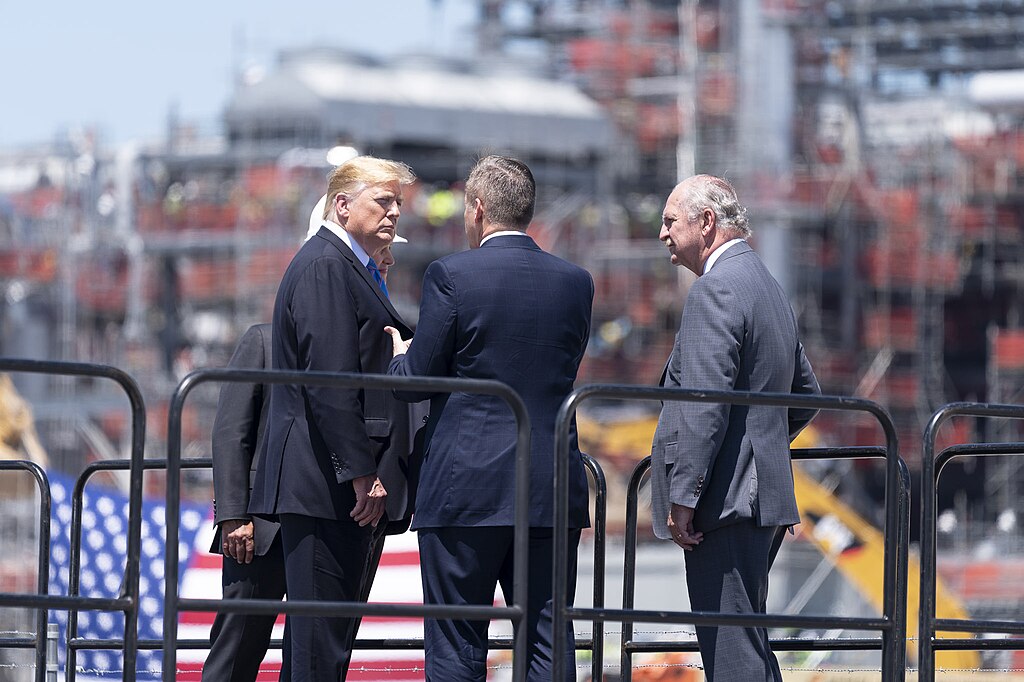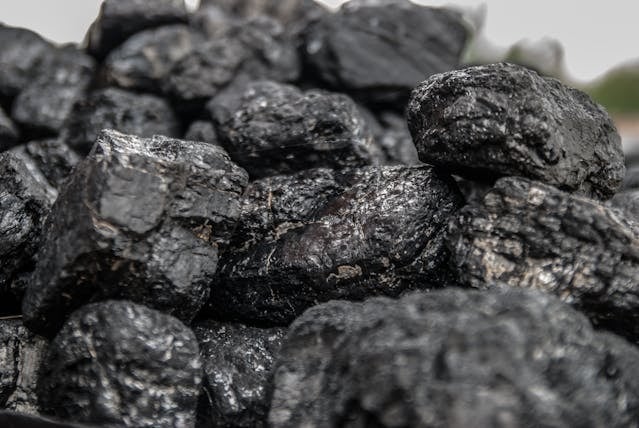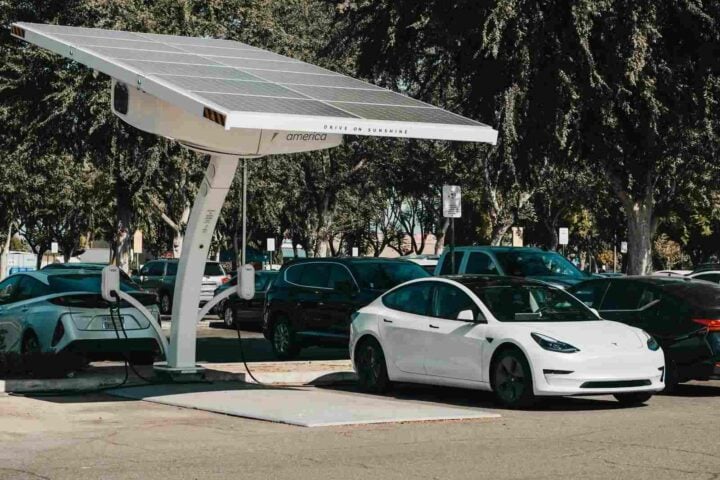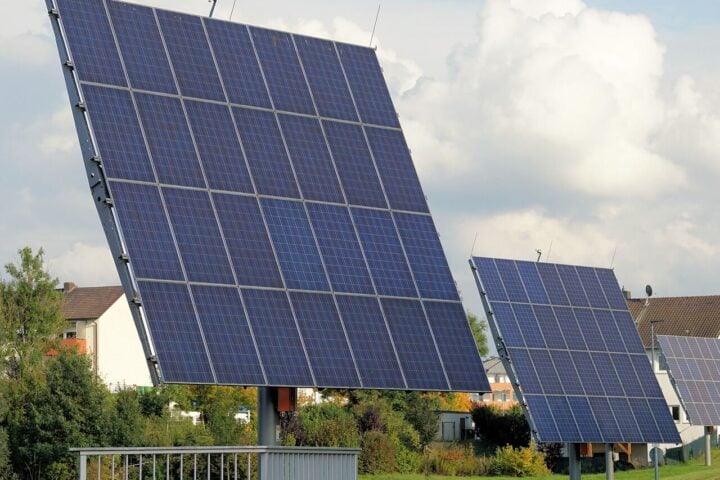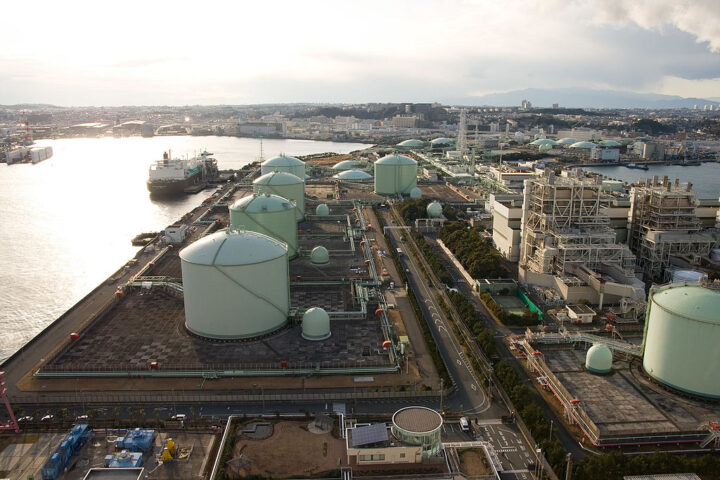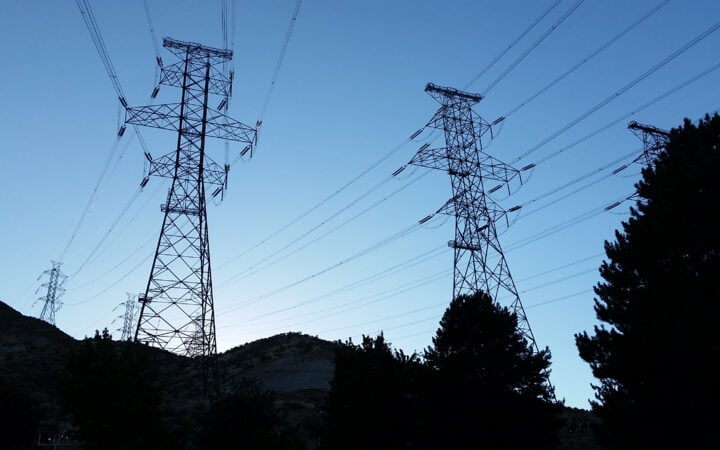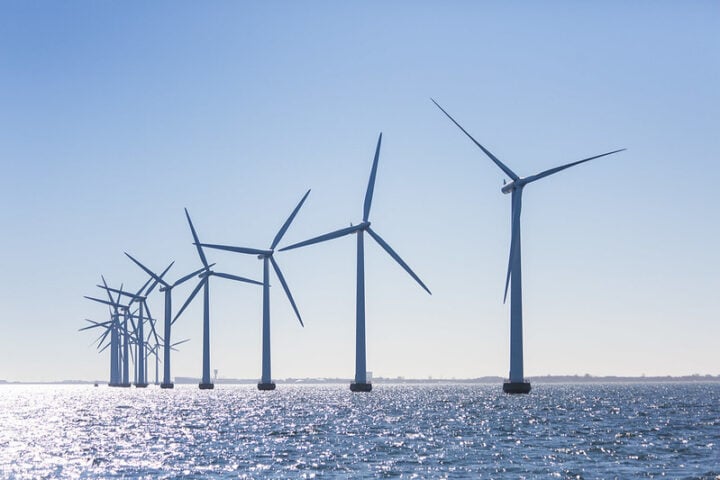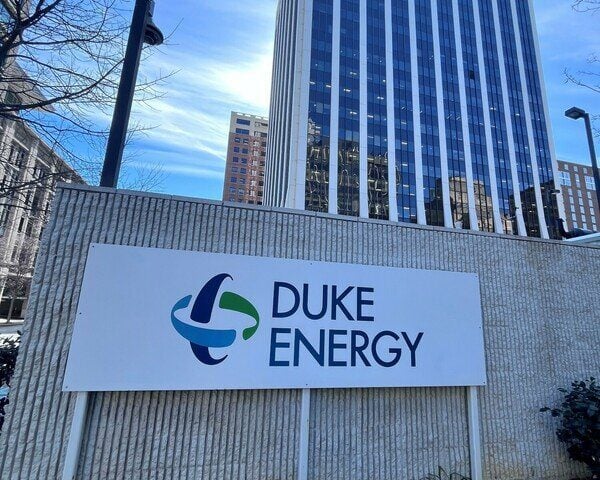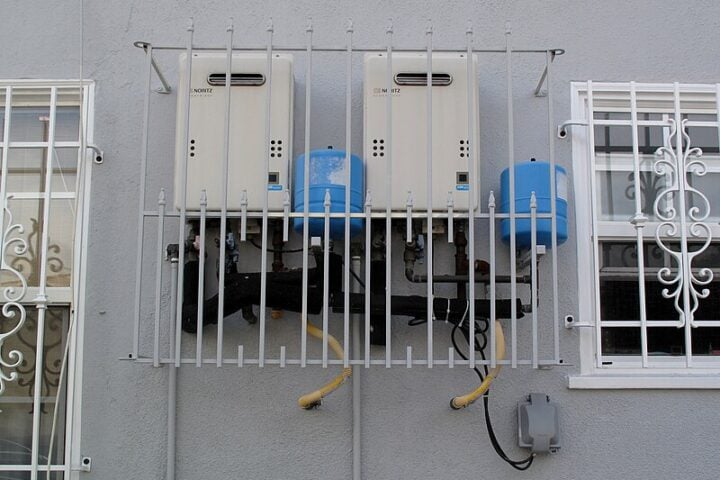A major change in U.S. energy policy is taking shape as President Donald Trump restarts permits for liquefied natural gas (LNG) exports – basically allowing companies to sell more cooled, condensed natural gas to other countries. This reverses former President Biden’s temporary stop from early 2024.
“This is a new day for American energy,” says Mike Sommers from the American Petroleum Institute, highlighting how this change affects both jobs and energy prices. The U.S., which became the world’s top LNG seller in 2023, could see exports double by the end of the decade and potentially double again under existing authorizations, according to the Energy Department.
What does this mean for communities? Several major projects that were on hold can now move forward. In Louisiana and Texas, facilities like Commonwealth LNG and Venture Global’s CP2 are ready to start construction, which could bring new employment opportunities to these regions.
The environmental impact concerns many scientists and activists. “These orders will raise energy prices for American families, make us sicker, put our communities to the torch,” warns David Arkush from Public Citizen’s Climate Program. However, industry studies suggest U.S. gas exports helped prevent 112 million tons of coal-related emissions in 2022 by replacing dirtier fuels.
Simliar Posts
The change particularly affects Asia, where countries are trying to move away from coal. “Asia’s LNG demand would nearly double between now and 2050,” explains Paul Everingham, who leads the Asia Natural Gas and Energy Association. This increased demand could support growth in American export operations.
The government will accept public comments until March 20, 2025. Chris Wright, nominated to lead the Energy Department, emphasizes the need for balance: “You have to understand that there isn’t dirty energy and clean energy. All energies are different, and they all have different trade-offs.”
Environmental groups representing 15 million Americans worry about increased storms, wildfires, and floods from climate change. The policy shift also affects international relations, especially with China, a major buyer of American gas.
Looking ahead, experts predict this could create new energy sector opportunities while keeping existing clean energy programs. Tax credits for technologies like carbon capture and hydrogen production will likely continue, as they benefit many states and have support from both political parties.
The changes raise important questions about balancing America’s energy business growth with environmental protection. As export facilities prepare for policy implementation, the debate continues over the long-term effects on local environments and global climate goals.
